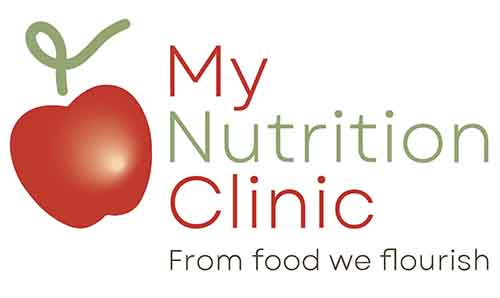Concerns about weight
Eggcellent Easter tips!
Here are a few interesting bits of trivia to amaze your family and friends with over this Easter break!
1. One measly gram of chocolate takes one minute of brisk walking to burn off. That’s right. Your exercise prescription is kindly written on the egg’s foil wrapper (read “grams” as “minutes of moderate intensity exercise”). And brisk means brisk. Ambling on your walk can nearly double the time required to burn the same amount of calories.
2. You are less likely to overindulge on chocolates when your hunger has been satisfied. If you are feeling peckish in between meals, grab a fresh juicy piece of fruit or a tub of yoghurt first, wait 15 minutes then enjoy a bite of chocolate.
3. Take your time to savour the flavour of good quality chocolate and you are likely to eat less. If you have to practice your egg eating before Sunday, work on your egg eating technique. Chocolate connoisseurs recommend letting dark chocolate sit in your mouth for a few seconds to release the initial flavours and aromas of the chocolate. They then say to chew it a few times to release secondary aromas before letting it rest against the roof of your mouth to experience the complete range of flavours. Master the technique to savour the chocolate experience without needing copious amounts.
4. There are lots of good reasons to choose dark chocolate over white or milk eggs for family and friends.
- The increased quantities of cocoa, and more specifically polyphenol flavenoids, found in the darker varieties of chocolate provide benefits to the heart by increasing “good” cholesterol levels in the blood and providing temporary reductions in blood pressure.
- Flavenoids are also antioxidants and can help our body repair damage.
- Research also shows that dark chocolate may be significantly more filling than milk chocolate, lessening our craving for sweet, salty and fatty foods.

